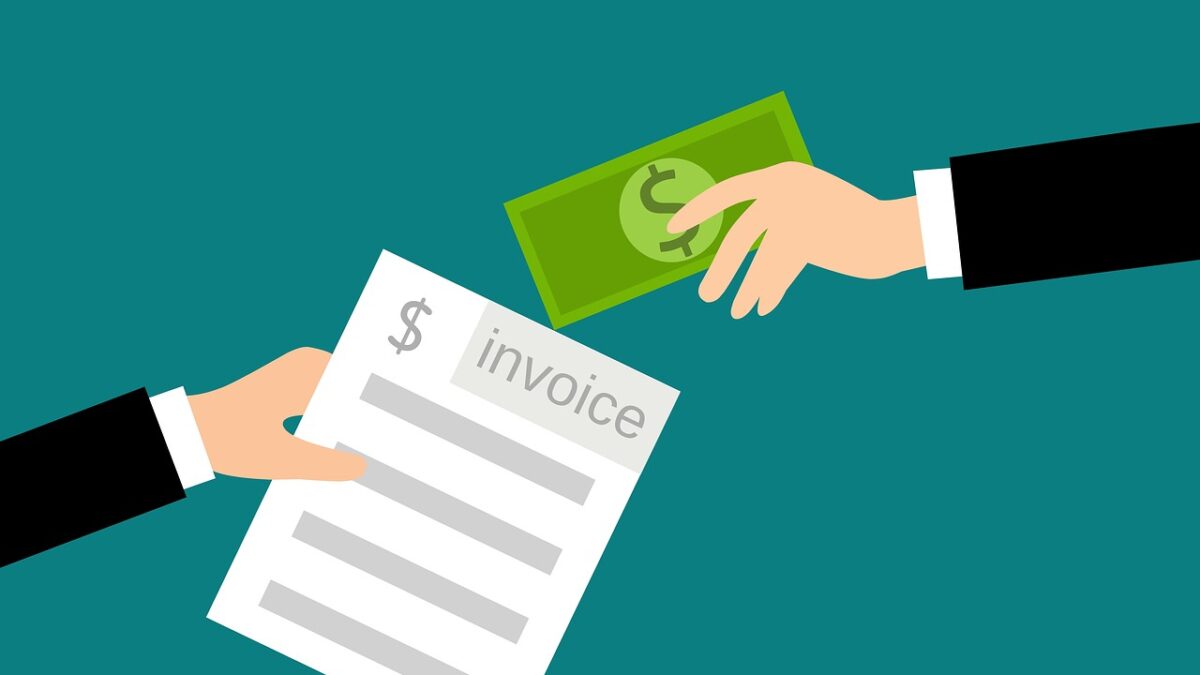Getting paid for your diligence isn’t something you have to fight for. Instead, it should be addressed, valued, and compensated right away. Unfortunately, this isn’t the case in many service sectors. Contractors, freelancers, and business owners have to prove the efficacy of their services to receive a viable payment. We must devise a way to end this turmoil faced by service sector entities. There is a dire need to set up a system to create invoices and sending those to customers when tasks are over.
Having an invoicing system in place will also ensure that business finances stay under control.
But before that, it is essential to know the factors to consider, primary details to cover, the timeframe of the payments, and answers to the frequently asked questions (FAQs).
Table of Contents
ToggleWhat to consider when invoicing?
The following factors create an impact on how invoices are made:
The type of work:
The information you include on an invoice may vary according to the services you provide. For example, a graphic designer will bill according to the hours worked and type of software used.
The client’s preferences:
Some clients want the numbers to go a certain way. And some demand for the business address. These chunks of information are essential for processing payments.
The type of clients you serve:
Large companies often require detailed, professional invoices following a specific format. Meanwhile, small entrepreneurs tend to accept invoices that are roughly made.
Billing preference
Do you prefer project-based payment or an hourly rate? This could create a significant impact on payment and invoice structure.
How to create an invoice for services?
Every business operating in the service sector should have a strong structure of the invoice for services rendered to ensure the business finances stay on point:
1, Design a service-based invoice template
Look for invoices designed for the industry where you work. For instance, accountants should find the invoice templates designed for financial service advisors. These will include formats and details that require minimum modification.
Plus, ensure that your invoices are readable. Always prioritize readability on design as the latter serves no purpose if the users cannot make sense of the mentioned details. The template has to be straightforward, professional, and showcase essential bits of information. A black-and-white template with minimal details is far better than an invoice with bright-coloured fonts and stuffed info.
If you are an independent contractor, look for templates online. You will find some reliable options that work for your niche. You can also use a paid software to generate invoices. Some resources that provide these are:
- Quickbooks
- Wave
- Invoice Bus
- Zoho Invoice
2, Enter business name and contact details
At the header of the invoice, enter the logo of your business and its official name. You should also provide contact details, including phone number, email address, and business address, so that the clients can reach out to you without any trouble.
3, Include the client’s name and contact information
You must mention the client’s name and all essential details on the invoice. This includes details about their business, services they asked for, agreed payment terms, phone numbers, and email addresses. The ideal practice for first-time bill clients is to check with the main contact who is the best contact person for service invoices.
4, Allocate a service invoice number
Each service invoice should have a unique code to make it distinct from others. This serves as an important reference when you want to discuss a particular invoice with the client. It also allows streamlining the bookkeeping process. The Invoice numbers include letters, numbers, or a combination of both.
5, List payment and services
This is the most integral section of an invoice. You receive the payment for the time you spent, projects completed, and the services you provided. When designing the invoice, make sure you include details of the services taken by the client. You can list the hours taken and the projects you completed for each person.
You have to:
- List the services with a description of all tasks executed
- List the payment rate for each service
- And, List the hours worked and the quantity provided to the client
- List a total for each service you provided
Services rendered for the client are included after mentioning the business and client details. You have to highlight them and place them at the centre of the invoice for easier viewing.
Next, include the payment options that are acceptable at your end. This can be your bank information for wire transfers, e-transfer IDs, address for checks, and online billing information for digital payments.
Also Read: Do you Want to Back Up Microsoft 365? Why Backup Office 365? And Benefits
6, Mention the issuing date for the service invoice
You must determine the payment terms as you have decided to send an invoice for services rendered instead of billing upfront. There should be typical billing cycles that are used by small and large businesses.
For instance, there are Net D billing periods. These include Net 6, Net 15, Net 30, Net 40, and Net 60 days. This means that you give a certain number of days to the client to wire their payments. Make sure that you inform the clients about expected payment transfers before you begin the provision of services.
In some industries, the contractors have the right to negotiate the payment terms. For example, the doctor will demand advance payment at the time of booking an appointment. The amount of invoice also depends on the working relationship between the hiring company and the contractor.
Let’s suppose you are an established entity in your industry; you have the leverage to demand payment even if the peers in the same company are following a different payment cycle.
In cases where projects are unsettled, it is important to redesign the clauses of the agreement decided between the two parties.
Parting Thoughts
Most businesses you interact with do not bill customers daily. Some require you to pay upfronts, such as restaurants, movie theatres, and grocery stores. There are also a few service providers who follow the same approach. If you need pest control, a mechanic, or a plumber, you must pay in advance.
As an entity in the service sector, you must remember some rules at your fingertips. This is to ensure you don’t drain your finances and live up to the customers’ expectations.
Also Read: Most Crucial Aspects of Website Design
Shashi Teja
Related posts
Hot Topics
Top 10 CMMS Software in 2026 [Updated List]
I. Introduction By 2026, Computerized Maintenance Management Systems or otherwise known as CMMS are well-known systems that are used in…
The Perfect Guide to Seamlessly Transition from SQL Server to Snowflake
Whether you are transitioning from an old server to a new one to banish the traditional ETL complexities or just considering…



